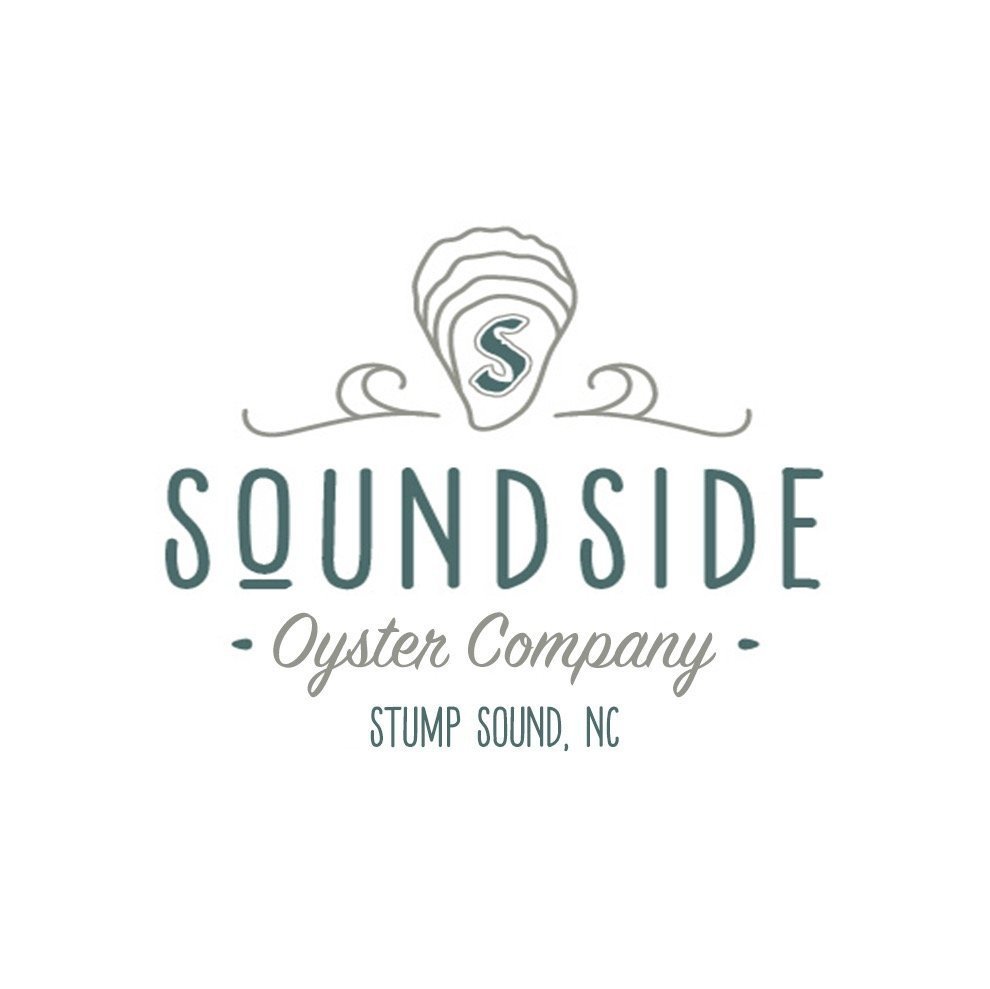Soundside Oyster Company
Soundside Oyster Company was created to strengthen the estuaries and coastal communities of the Carolina coast. The better our oysters are doing, the more our beloved community thrives. That is why we have dedicated ourselves to growing delicious, beautiful bivalves. That, and we love to eat seafood. A lot.
Shellfish farms provide a home to a lot of sea creatures, humans included. Not only do oysters provide critical habitat for many commercially and ecologically important marine organisms, the jobs the oysters sustain help build communities. Oysters provide a steady food source and a versatile building material. They aren't just a home for crabs and fish. Oyster shells have been used in everything from masonry construction to building roads for centuries. In the oldest buildings of downtown Wilmington, North Carolina, oyster shell mortar can be seen shimmering from their foundations and walls. In the early 20th century, thousands of miles of oyster shell roads spanned the eastern seaboard of the United States. The city of New York grew out one of the world's largest oyster beds. The Big Oyster is a good read for the oyster curious.
Oysters are one of the healthiest proteins on the planet, loaded with Vitamins A, B, C, D, Zinc, Potassium, Calcium, Selenium, Copper, and omega-3 fatty acids. Eat oysters everyday! They are one of the best foods in the world for your immune system.
Soundside Oyster Company was in operation for nearly two years in Masonboro Sound. Then, we were abruptly moved to the legendary waters of Stump Sound where we have continued to provide the greatest oyster that the amazing waters of this area can produce. Additionally, we added two new harvest areas. We are committed to improving the estuary and providing jobs through sustainable aquaculture.
Our farms are located mostly in Stump Sound, but there are also leases in Topsail and Middle Sounds in production. All are close to inlets, which flush the estuary regularly with clean ocean water twice a day. The ripping current and the abundance of algae and phytoplankton make for an ideal area to cultivate oysters.


